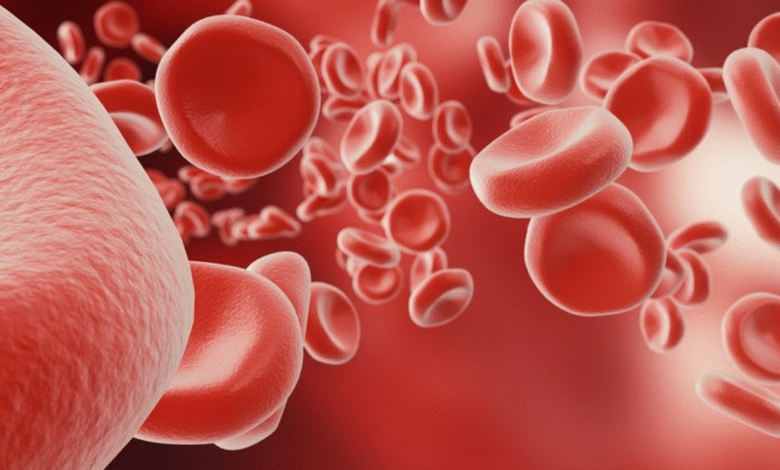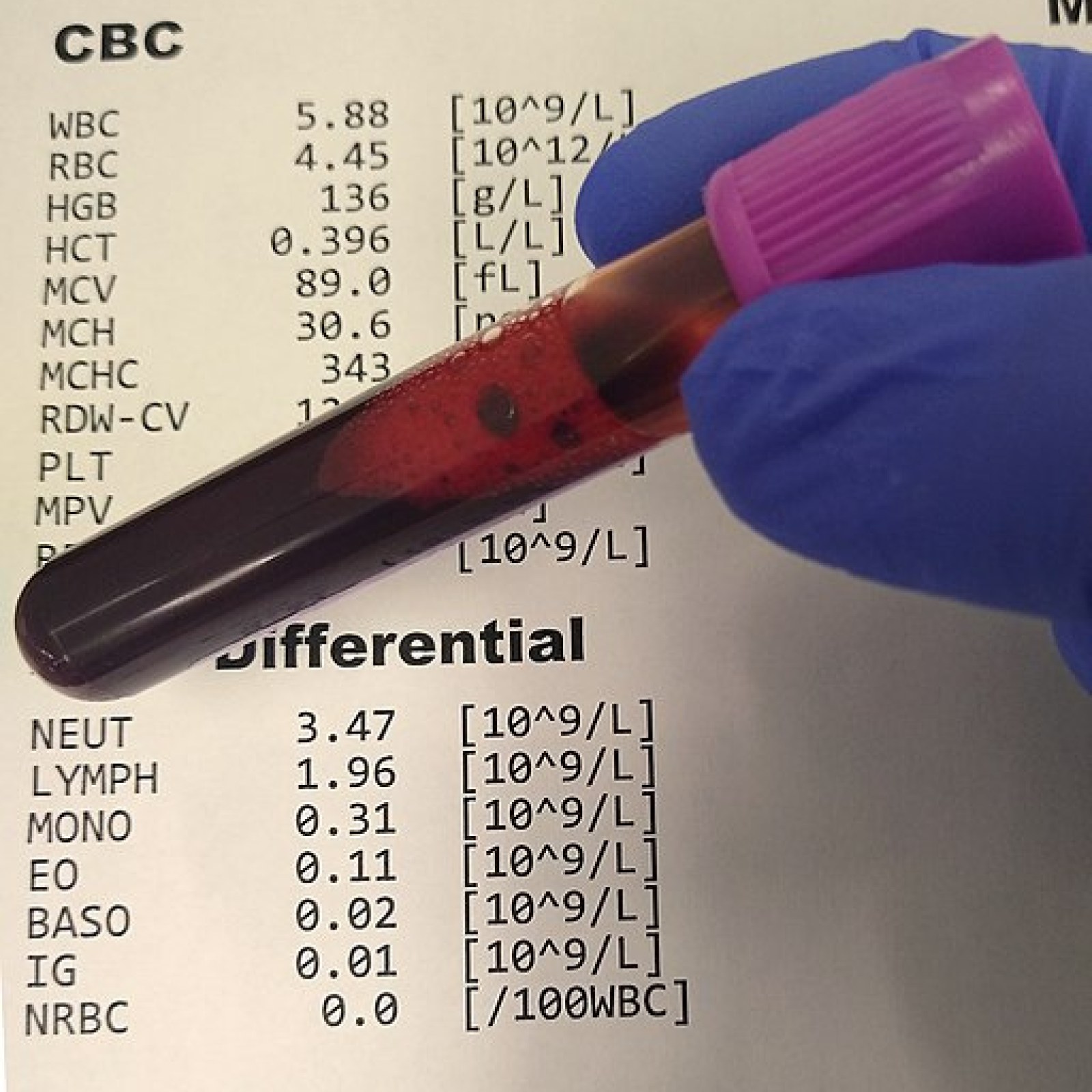5 Shocking Truths: What Level of RDW Is Dangerous

Discover what level of RDW is dangerous, why it matters, and how to understand your blood test results. Learn about causes, symptoms, and expert insights in this comprehensive guide.
Understanding RDW and Why It Matters
When people see the term RDW on their blood test reports, they often feel puzzled. RDW stands for Red Cell Distribution Width. It is a measure used in a complete blood count test, which provides doctors with information about the variation in the size of red blood cells. Normally, red blood cells are fairly uniform in size, and that uniformity ensures that oxygen transport is efficient throughout the body.
A higher than normal RDW means there is a wide variation in red blood cell sizes, while a lower RDW suggests the cells are more uniform. Both extremes can signal different health concerns, but the most attention is usually placed on high RDW values. That’s why so many patients ask, “what level of RDW is dangerous?” It’s not a question to be ignored, because RDW is often a silent clue that something deeper is happening in the body.
What RDW Actually Measures
RDW does not measure the number of red blood cells but instead focuses on their size variation. When cells differ greatly in size, it can point toward nutritional deficiencies, chronic illness, or bone marrow conditions. In most laboratories, RDW is expressed as a percentage, usually ranging from about eleven to fifteen percent.
When RDW goes beyond the standard range, it doesn’t automatically mean danger, but it does serve as a red flag. It prompts further investigation into iron levels, vitamin deficiencies, and even systemic illnesses. Think of RDW as the body’s early alarm system: it might not tell the whole story, but it signals when you should dig deeper.
What Level of RDW Is Dangerous
So, what level of RDW is dangerous? Generally, values just outside the normal range may not be alarming, especially if no symptoms exist. However, consistently high RDW, often above fifteen percent, can suggest a more serious condition is at play. The danger increases when these values are combined with abnormalities in other blood markers, like hemoglobin or mean corpuscular volume.
A dangerous RDW level is not determined solely by the number itself but by the context in which it appears. For instance, a high RDW with low hemoglobin could mean iron deficiency anemia, while high RDW with normal iron levels might hint at a chronic inflammatory state. Doctors look at the full picture rather than isolating a single value.
Why Dangerous RDW Levels Should Not Be Ignored
RDW is often underestimated because it is only one line in a detailed blood report. Yet, ignoring it can lead to missed opportunities for early diagnosis. A dangerously high RDW may be a warning sign for nutritional deficiencies, such as low vitamin B12 or folate, which if untreated, can lead to irreversible nerve damage.
Moreover, research has linked high RDW to an increased risk of cardiovascular disease and even all-cause mortality. This doesn’t mean RDW alone predicts death, but it highlights that dangerous RDW levels are often tied to conditions affecting overall health and longevity. Treating the underlying cause can bring RDW back to a safe range, which is why timely attention is essential.
The Connection Between RDW and Anemia
One of the most common reasons for dangerous RDW levels is anemia. In anemia, the body does not have enough healthy red blood cells to carry oxygen efficiently. When RDW is elevated, it often means the red blood cells vary significantly in size, pointing to iron deficiency or mixed causes of anemia.
Different types of anemia show different RDW patterns. For instance, iron deficiency anemia usually shows high RDW, while anemia from chronic disease may not. Understanding the type of anemia is crucial, because treatment varies widely. A simple supplement might fix one type, while another could require more intensive medical care.
RDW and Chronic Diseases
Beyond anemia, high RDW is increasingly recognized as a marker of chronic illness. Conditions such as liver disease, kidney problems, and autoimmune disorders can all push RDW into a dangerous zone. Inflammation plays a big role here, as it affects how red blood cells are produced and how long they survive in circulation.
Patients with heart disease or diabetes also tend to show higher RDW values. Researchers believe this is due to the stress these conditions place on the body’s ability to maintain healthy blood cells. So, a dangerous RDW might not point directly to one illness, but rather to the presence of long-term systemic stress.
Table: RDW Ranges and What They May Indicate
| RDW Percentage | Possible Meaning | Notes |
|---|---|---|
| Normal range (around 11-15%) | Balanced red cell sizes | Usually not concerning |
| Slightly elevated | Early deficiency or mild condition | Often requires monitoring |
| Significantly elevated (>15%) | Possible anemia, chronic illness, or inflammation | Needs deeper evaluation |
| Very high (>18%) | Severe underlying disorder | Often associated with serious health issues |
Symptoms That May Accompany Dangerous RDW Levels

A dangerous RDW on its own may not cause symptoms, but the conditions behind it often do. People might feel chronic fatigue, shortness of breath, pale skin, or heart palpitations. These symptoms reflect the body’s struggle to transport oxygen effectively due to irregular red blood cell sizes.
Sometimes, symptoms are subtle, making blood tests crucial for early detection. For example, a person may simply feel more tired than usual and dismiss it as stress. But combined with a dangerous RDW, that fatigue might reveal a hidden nutrient deficiency or chronic illness.
How Doctors Interpret Dangerous RDW Levels
Doctors rarely look at RDW alone. They pair it with other blood markers such as mean corpuscular volume, hemoglobin, and hematocrit to piece together the full puzzle. A dangerous RDW may direct them to check for iron levels, vitamin B12, or folate deficiencies. They might also order further imaging or organ function tests if systemic illness is suspected.
It’s worth noting that sometimes a dangerous RDW doesn’t indicate anything severe, especially if all other tests are normal. In such cases, doctors often recommend watchful waiting and lifestyle adjustments, such as improving diet or managing stress, before considering more invasive steps.
FAQs About Dangerous RDW Levels
Q: What level of RDW is dangerous?
A: RDW becomes concerning when it rises above fifteen percent, especially if combined with other abnormal blood markers. Context matters more than the exact number.
Q: Can a dangerous RDW mean cancer?
A: While high RDW is sometimes seen in cancer patients, it is not a diagnostic marker for cancer alone. It usually signals the need for more specific testing.
Q: Can diet improve dangerous RDW levels?
A: Yes. Addressing deficiencies in iron, folate, and vitamin B12 through diet or supplements can help bring RDW back into a safe range.
Q: Should I worry about slightly high RDW?
A: Not always. Slight increases can result from temporary factors like illness or stress. Persistent elevation, however, deserves medical evaluation.
Q: Is low RDW ever dangerous?
A: Low RDW is less common and usually not dangerous. It often indicates uniform red cell size, which is typically not concerning.
Conclusion
Understanding what level of RDW is dangerous is less about a single number and more about the bigger picture. While a percentage above fifteen often raises red flags, doctors consider other blood results and symptoms before drawing conclusions. A dangerous RDW can signal conditions ranging from simple nutrient deficiencies to chronic disease, but with timely care and proper management, most underlying causes can be treated effectively.





